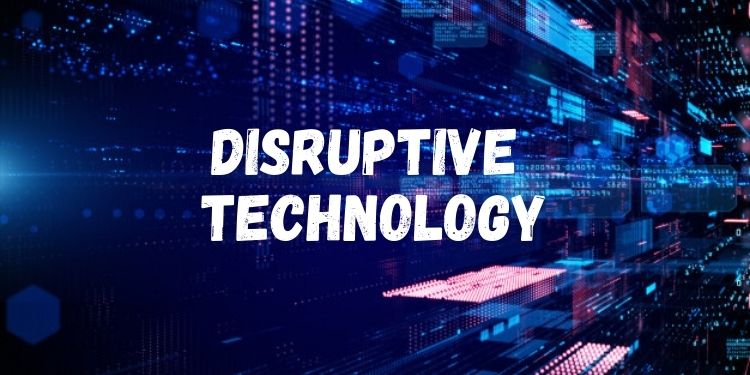
Disruptive technologies such as artificial intelligence, machine learning, and the internet of things offer a lot of promises. It provides digital transformation for the business processes and to a particular organization as a whole.
In this article, we will discuss what exactly disruptive technology is, examples, and the risks involved in disruptive technology.
What Is Disruptive Technology?
Disruptive technology is an innovation that alters the way effectively that industries, consumers, and businesses operate. A disruptive technology alters a founded technology and agitates the industry or a ground-breaking product, that makes an entirely new industry.
This technology sweeps away the habits or systems as it has recognizably superior exorcisms. Clayton M. Christensen, a professor at Harvard Business School, invented the term disruptive technology.
The book named ‘The Innovator’s Dilemma’, written by Christensen separated the new technology into two parts. One was sustaining technology, and the other is disruptive technology, and this book was the best-selling book for him in the year 1997, for his invention.
Examples Of Disruptive Technology
Disruptive technology examples include online news sites, e-commerce, GPS systems, and ride-sharing apps. Previously the automobile, television, and electricity service were considered disruptive technology examples. Here are some disruptive technology examples;
- Personal Computer or PC is an example of disruptive technology as it displaced the typewriter machine forever and changed the way of working and communication completely. PC or Personal Computers disrupted the television industry and some other activities as well.
- Email is also an example of disruptive technology that changed the way of communication and replaced letter-writing, postal cards, and greeting cards.
- Smartphones are also another example of disruptive technology that made it possible for people to call anyone anywhere. The entire telecom industry has been disrupted by Smartphones. A single smartphone disrupted MP3 players, pocket cameras, GPS devices, calculators, and several other devices.
- Cloud computing is one of the best examples of disruptive technology in the business world. It replaced many resources that usually would have been located in-house or offered as a traditionally hosted service.
- Social networking is also a disruptive technology example as it disrupted email, telephone, event planning, instant messaging, and many more.
- Other disruptive technology examples include 3D printers, cryptocurrency, augmented reality, visual reality, collaborative commerce, etc.
Risks In Disruptive Technology
Though disruptive technology has significant advances with great potential opportunity. For getting these advances, organizations take risks as well. Here we will let you know about the five significant risks of disruptive technology and the way how to mitigate the risks.
Equity and Fairness: Machine learning that is a part of disruptive technology, is exciting for many applications as it provides the possibility to remove human biases from the equation during the making of important decisions. This is only effective when the models and datasets are free of bias.
User Privacy: Privacy concerns are getting highlighted with each passing day. It is considered one of the risks of disruptive technology, as machine learning requires a significant amount of data. Companies are facing issues to gather data without violating users’ privacy.
Reputational Risk: This kind of risk is connected to artificial intelligence. AI systems are prone to errors or easily hacked. These systems can expose your organization open for public criticism.
Legal and ethical issues: Companies that research self-driving cars like Tesla and Uber must deal with their own versions of philosophical issues like the trolley problem.
Public Safety: Data breaches on the financial and personal data of customers are devastating enough, still, the reflections are limited to an individual. From hacking traffic lights to bring down power plants, the possibilities are comprehensive, and the risks are severe.
Also Read:

